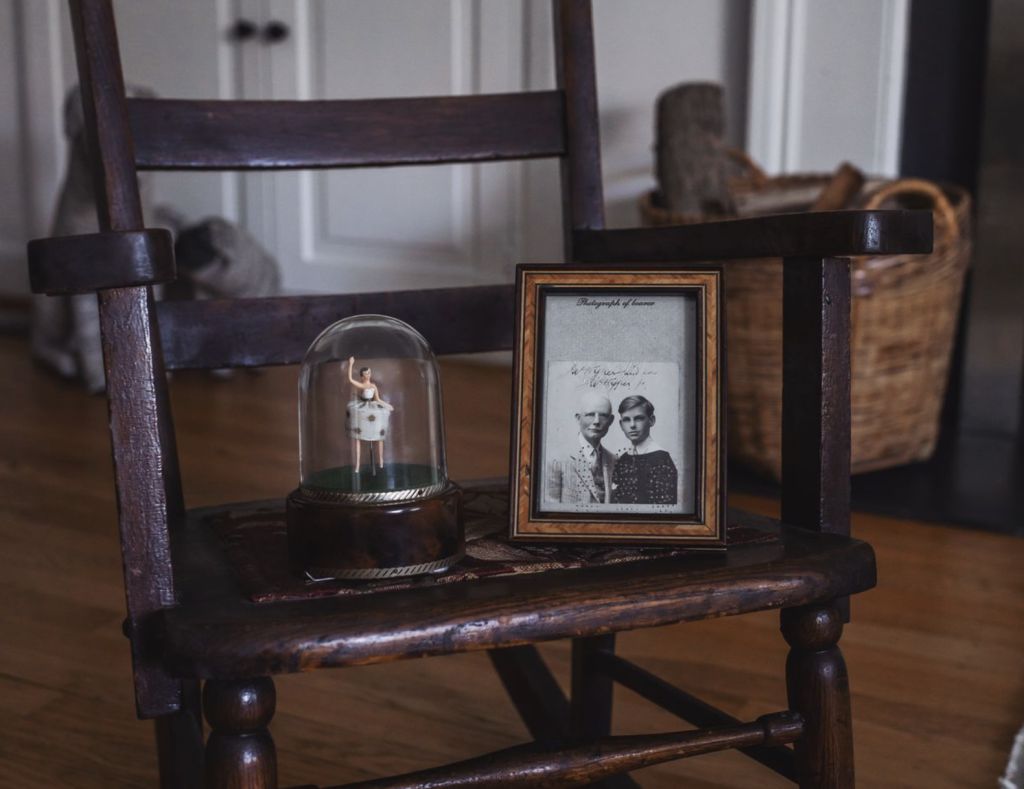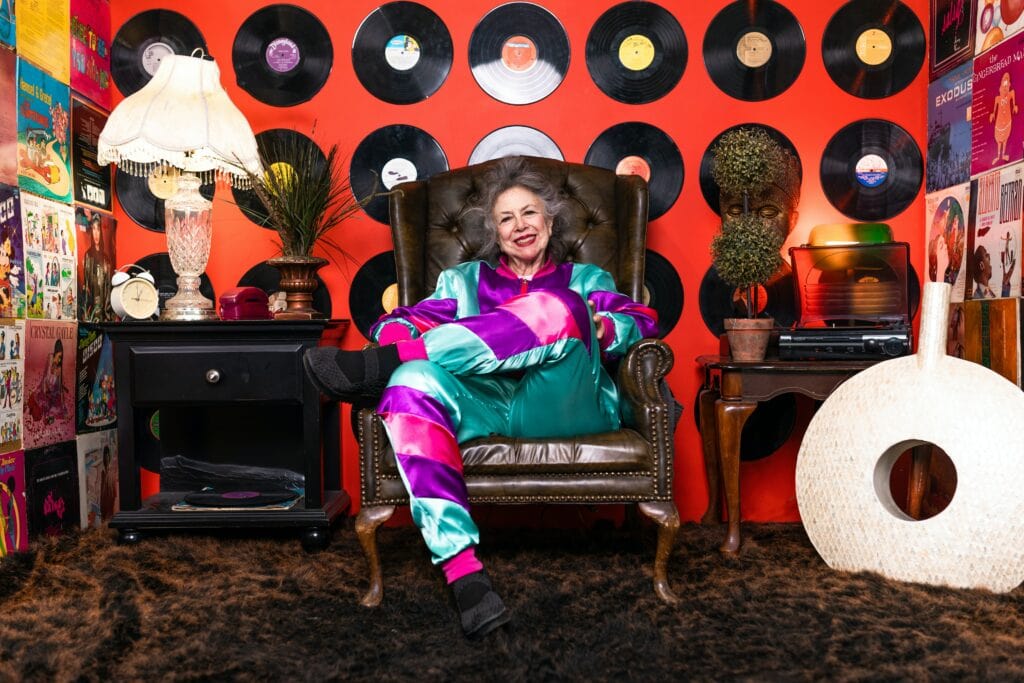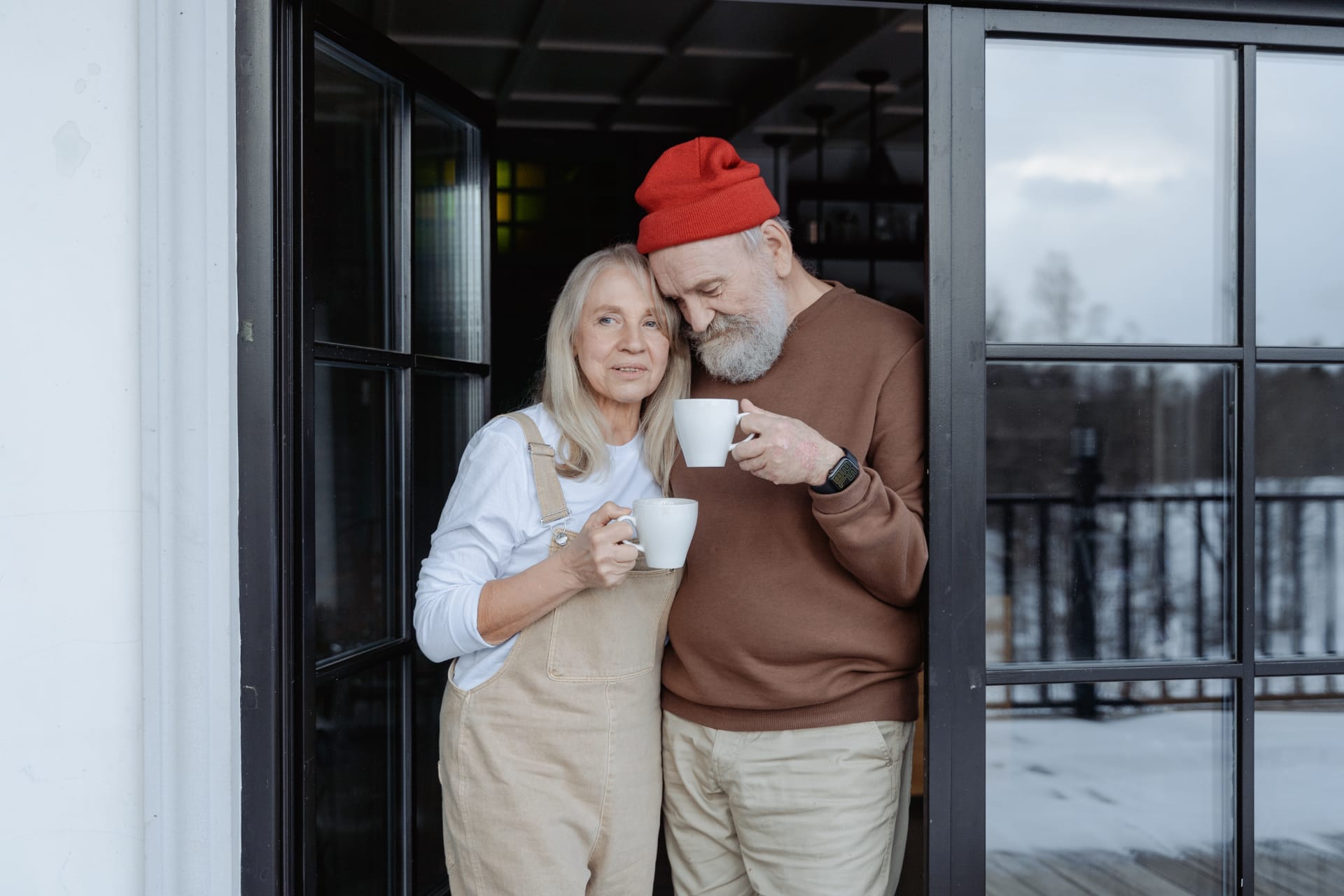Lifelong Possessions Look Very Different When We Start Trying to Pass Them On
Now in my sixth year of retirement, I am about to embark on a whole new relationship—grandmother to a baby girl.
Anticipating the addition to their family, my son and his wife recently moved into a house near Washington, D.C., the biggest home my son has lived in since being on his own.

The new baby (my first grandchild) and new house ignited one of my long-awaited projects—excavating crawl spaces and basement corners on a hunt for possessions to pass on to the next two generations.
It’s easy to predict how this played out. My son and his wife turned down many more items than they accepted. Much of what I had hoped to “upsize†to them stayed in my basement and attic.
What wasn’t easy to predict, however, was how complicated this seemingly simple transaction could be. It involved multiple perspectives, across multiple generations. It showed how possessions, when held up to the light, often lose the very qualities that prompted us to set them aside. And, in my case, it offered a glimpse of a future that I’ve thought about—and looked forward to—for years.
I started with a set of eight bird-themed china plates my mother had ordered decades earlier for each of her four children. The plates, still in their original boxes, were beautiful in a dated, old-world way. For my mother, these plates were an investment whose value would increase over time.
But I looked at them and saw something different: the result of a direct mail pitch for a plate-of-the-month club.
Revisiting them tucked away in the latest of a succession of attics, I realized there was also a dream behind these plates. I think my mother pictured me bringing them out for elegant dinner parties at a country house similar to the one her own parents had entertained in. That never happened. I chose my own lifestyle and china.
And yet I kept them, finding it difficult to give away such a poignant memory of my mother’s aspirations for us and her concern for our future well-being. My own children would have none of these associations, but I made the offer just in case: Could my son and daughter-in-law see a decorative or functional use for these plates in their dining room? Their quick response: “Too ornamental.â€
Moving on, a cabinet in the living room holds 46 limited-edition Harvard Classics circa 1910 acquired from a literary neighbor decades ago. My husband and I considered it an investment of a different kind—in knowledge. Although I never found time to read any part of the set, I thought my son—a philosophy major in college—might welcome a “great books†course. He politely declined: No shelf space now, but maybe later.
A hard-bound dinosaur
Nearby is an Encyclopedia Britannica set I bought for my two sons in their middle-school years, hoping they would see these as resources later on for their own children. What was I thinking? Somewhere along the way I forgot (or never considered) how much the world would change before the next generation came of age. The set is a hard-bound, museum-piece dinosaur, a record of the world in the 1990s before geopolitical events rewrote the global map and social upheavals rewrote the cultural one. Then along came Google, and computer screens began to replace the books we bought or borrowed for ourselves and our children.
My myopia continued with an attempt to interest my son and his wife in a beautiful mahogany-trimmed white couch in the basement that no longer fit into our current house. The reason for their rejection was now becoming familiar: “Too ornate.â€
Hand-painted wine glasses, colorful rugs, and framed prints of places our family had visited were next. Could these items and our memories of them find a place in my son and daughter-in-law’s new home? It turns out they already had their own preferred equivalents, and I am reminded once again that younger generations make their own choices. More to the point, they aren’t hoarders. They take only what they need now. Having seen the degraded world they will inherit, they are dedicated to sustainability, recycling, preservation of the environment, fewer material goods. My generation is still catching up.
They did give thumbs-up to desk lamps, guest sheets and towels, a few kitchen items and one folding chair, among other things—utilitarian items with no stories or expectations attached.
Keeping close
Most interesting (and valuable) to me were the things I realized I was not yet ready to part with. My mother gave me a ring she always wore entwined with diamonds and rubies—too small to be of any monetary value, but meaningful to me because I can still, 25 years after her death, picture her hands and by extension her physical presence. I will someday offer the ring to my daughter-in-law, hoping she will appreciate it along with the accompanying narrative. Isn’t that how this is supposed to work? We pass on possessions that tie the generations together as they move through the family.
Then there was the collection of unrelated items I now saw in a different light—those whose stories matter only to me: the child’s battered wooden rocking chair from the porch of my grandparents’ summer house; a faded, inscribed photograph of my father as a young man standing next to his own father, whom I never met; and the small tarnished music box with a twirling ballerina on top that was a gift from my godfather when I was young enough to still dream about being a dancer.
These things will stay with me here in the home where I have lived for decades. Unless…
One day a young girl visiting her grandparents comes upon the music box. She picks it up and turns the key that starts the music playing. “Grandma,†she says, “what’s this? Can I have it?†“It’s yours,†I say, my heart skipping a beat. “It always has been. You had only to ask.â€


